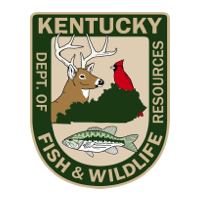Young students try to solve park’s bridge problems
Published 5:57 pm Thursday, February 14, 2019
Fourth-grade students at the J. Frank White Academy have been hard at work trying to solve a problem for the Cumberland Gap National Historical Park.
On Wednesday, the students met with park employees and presented their ideas for developing a safe way to cross creeks within the park.
Foot bridges in the Sugar Run area of the park are broken and deteriorating quickly. But to fix the problem, the students faced the challenge of developing solutions that dealt with four attributes of a designated wilderness area — undeveloped, untrammeled, natural, and with opportunities for primitive and solitary recreation.
“Last fall, Katie Stotts connected with us and asked how we could collaborate with the students utilizing their science, technology, engineering and math skills,” Park Ranger Carol Borneman said. “We shared a real challenge, a bridge on the Sugar Run Trail needing repair and perhaps replacement.”
Borneman said they met with students both at the school and at the park.
“Immediately, we could see their brains in action,” she said.
Simply replacing the bridges in the same fashion they are in develops the land, which means they do not meet the designated wilderness standard now.
Borneman gave the students an orientation to the park before presenting them with the challenge.
“The students did a site visit so that they could see the problem for themselves,” Stotts said. “They began brainstorming possible solutions and have been working on their solution designs and prototypes since October.
“We also partnered with Mrs. Jamie Noe, who is a civil engineer specializing in bridges with Vaughn and Melton,” Borneman said. “Mrs. Noe talked to the students about the processes and tools she uses in her line of work and then provided the students with feedback on their bridge prototypes.”
The students made improvements on their designs and then presented them to the National Park team on Wednesday.
Borneman calls the group of fourth grade students the “A-Team.”
“This ranked as one of the best days in my 35-year career with the National Park Service,” she said.
The next partnership will be with the fifth-grade students on a project for white-nose syndrome, which has killed at least 7 million bats in the United States.








